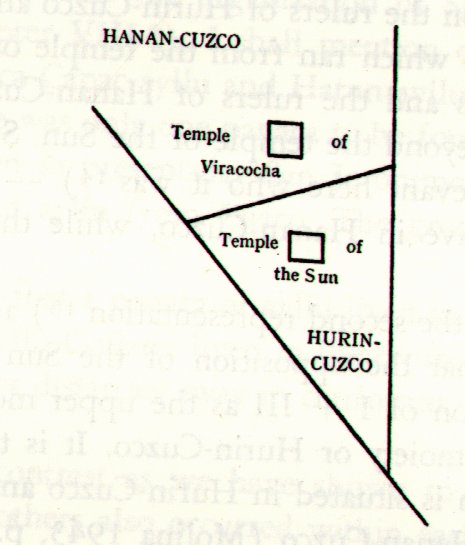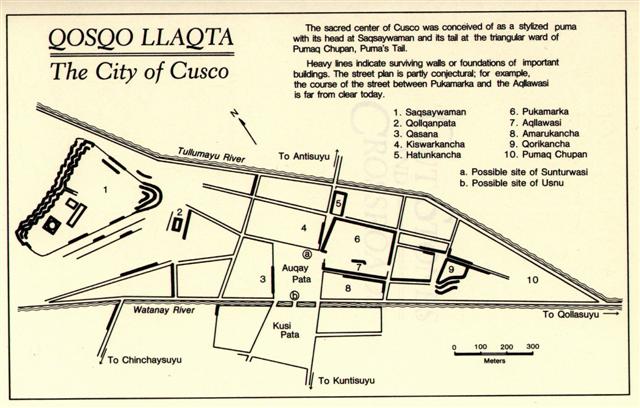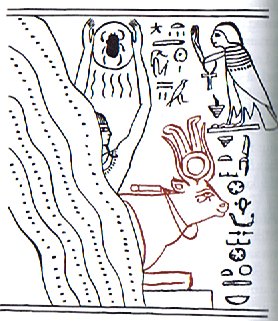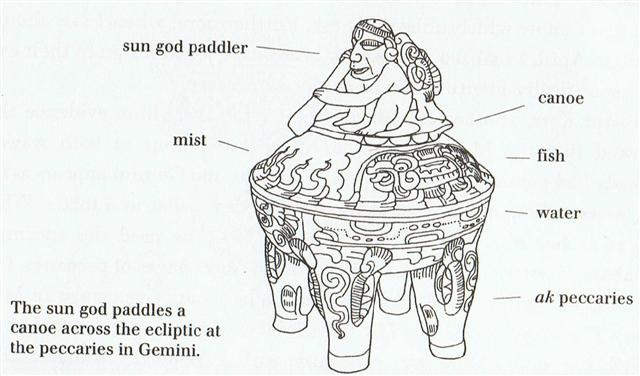Manuscript E could be an important guide for interpreting the rongongo texts. So far we have for instance discovered a connection between the arrival of Hotu A Matua and heliacal Antares (the Entrance Pillar at the southern spring equinox at the time of the Bull), together with a pair of associative links in form of urinating and the ravine Te Hikinga Heru - which place name seems to imply both an effort to elevate something heavy and to separate, to push apart.
... On the fifteenth day of the month of October (tangaroa uri) the canoe of Hotu and the canoe of Ava Rei Pua landed. On the fifteenth day of the month of October (tangaroa uri), Nonoma [Jupiter] left the house during the night to urinate outside. At this point Ira called out to Nonoma, 'Look at the canoe!' Nonoma ran, he quickly went to Te Hikinga Heru (a ravine in the side of the crater Rano Kau) and looked around. There he saw the double canoe way out near the (offshore) islets, and the two (hulls of the canoe) were lashed together ...
... The brothers of Maui sat trembling in the middle of the canoe, fearing for their lives. For now the water was frothing and heaving, and great hot bubbles were coming up, and steam, and Maui was chanting the incantation called Hiki, which makes heavy weights light ...
... They were Ranginui, the Sky Father, and Papatuanuku, the Earth Mother, both sealed together in a close embrace. Crushed between the weight of their bodies were their many children, whose oppression deepened. They yearned to be free; they fought their parents and each other to break loose. Tuumatauenga, virile god of war, thrust and shouted; Tangaroa of the oceans whirled and surged; Tawhirirangimaatea, Haumiatiketike and Rongomatane, of wild foods and cultivated crops, tried their best but were not successful; and Ruamoko, god of earthquakes, yet to be born, struggled in the confinement of his mother's womb ... Of them all, Taane Mahuta, the god of the forests, was the most determined; he set his sturdy feet upon his father's chest, and braced his upper back and shoulders against the bosom of his mother. He pushed; and they parted. So the world, as the Maori understand it, came into being ... In addition to the idea of lifting up - possibly linking the text to one of the 4 cardinal points (Bacabob) in the path of the Sun - there was a hint of a ravine pulling apart (heu) a pair of characters of different lineages (heu). This pair of characters of different lineage could refer to the summer and winter half-years.
At the time of rongorongo it was the Raven constellation which was at the southern spring equinox:
However, the urinating Leo evidently defined another such cardinal point, viz. that which once upon a time had separated the northern spring part of the year (Crow) from the 'off-spring' part (Raven):
The pair of 'hulls' were joined together and they had been so from the time when they departed from Hiva. ... Hotu's canoe sailed from Maori to Te Pito O Te Kainga. It sailed on the second day of September (hora nui). The canoe of the king (ariki is used here incorrectly for tapairu 'queen'), of Ava Rei Pua, also sailed on the other side. They had attached the canoe of Ava Rei Pua to the middle of the canoe of Hotu ... But now it was the proper time to separate them, to take them apart in order to ensure new births - time for making 'the fishes' rise (kake):
... The two hulls were no longer kept lashed together (i.e., they were separated for the rest of the journey). Hotu called out to the canoe of the queen: 'Steer the canoe to the left side when you sail in. Teke will jump over on board (your) canoe to work his mana when you sail through the fishing grounds!'
Teke jumped on board the second canoe, (that) of the queen. The king's canoe sailed to the right, the queen's to the left. Honga worked his mana in the fishing grounds. (List of five fishing grounds that belong to Hotu and Honga.) Teke worked his mana in the fishing grounds to the left side. (List of nine fishing grounds that belong to Hotu and Teke.) The men on board the royal canoe looked out from Varinga Te Toremo (the northeastern cape of the Poike peninsula). Then they saw the canoe of the queen, the canoe of Ava Rei Pua, as it reached Papa Te Kena (on the northern shore, east of Hanga Oteo). Honga came and gazed in the direction below (i.e., toward the west). He called out to the noteworthy ruler (? ariki motongi) Hotu: 'There is the canoe of the queen! It will be the first one to land!' At this news King Hotu replied to Honga, 'Recite (rutu) ('powerful incantations') as though the ten brothers of the chief (ariki maahu) were one whole (?).' The ten recited with all their might. This is what they recited: 'Let all movement (? konekone) cease!' They recited and sailed on swiftly: Honga, Te Kena, Nuku Kehu, Nga Vavai, Oti, Tive (corrected for 'Sive'), Ngehu, Hatu, Tuki, and Pu (corrected for 'Bu'). He worked mana in the fishing grounds. (Naming of two fishing grounds.) When Hotu's canoe had reached Taharoa, the vaginal fluid (of Hotu's pregnant wife) appeared. They sailed towards Hanga Hoonu, where the mucus (kovare seems to refer to the amniotic sac in this case) appeared. They sailed on and came to Rangi Meamea, where the amniotic fluid ran out and the conctractions began. They anchored the canoe in the front part of the bay, in Hanga Rau. The canoe of Ava Rei Pua also arrived and anchoraged. After Hotu's canoe had anchoraged, the child of Vakai and Hotu appeared. It was Tuu Maheke, son of Hotu, a boy. After the canoe of Ava Rei Pua had also arrived and anchoraged, the child of Ava Rei Pua was born. It was a girl named Ava Rei Pua Poki ...
... The old man gave the Raven two small sticks, like gambling sticks, one black, one multicoloured. He gave him instructions to bite them apart in a certain way and told him to spit the pieces at one another on the surface of the sea. The Raven climbed back up the pole, where he promptly did things backwards, just to see if something interesting would occur, and the pieces bounced apart. It may well be some bits were lost. But when he gathered what he could and tried again - and this time followed the instructions he had been given - the pieces stuck and rumpled and grew to become the mainland and Haida Gwaii ...
|
|||||||||||||||||||||||||||||||||||||||||||||||||||||||||||||||||||||||||||||||||||||||||||||||||||||||||||||||||||||||||||||||||||||||||||||||||||||||||||||||||||||||||||||||||||||||||||||||||||||||||||||||













